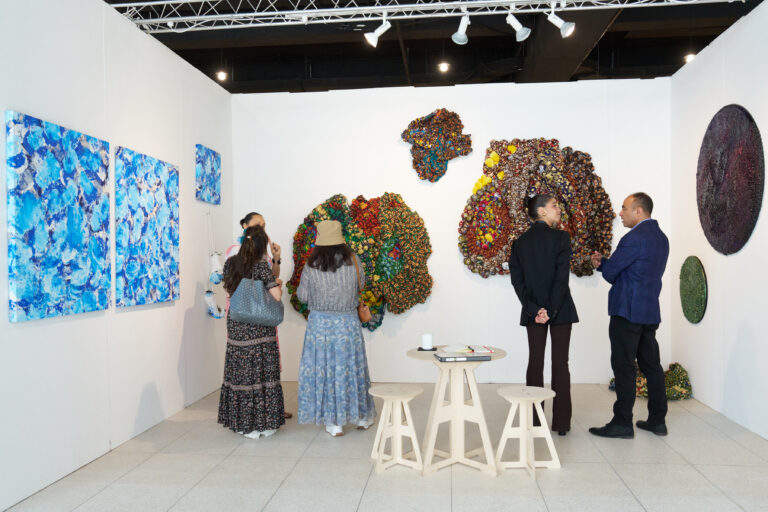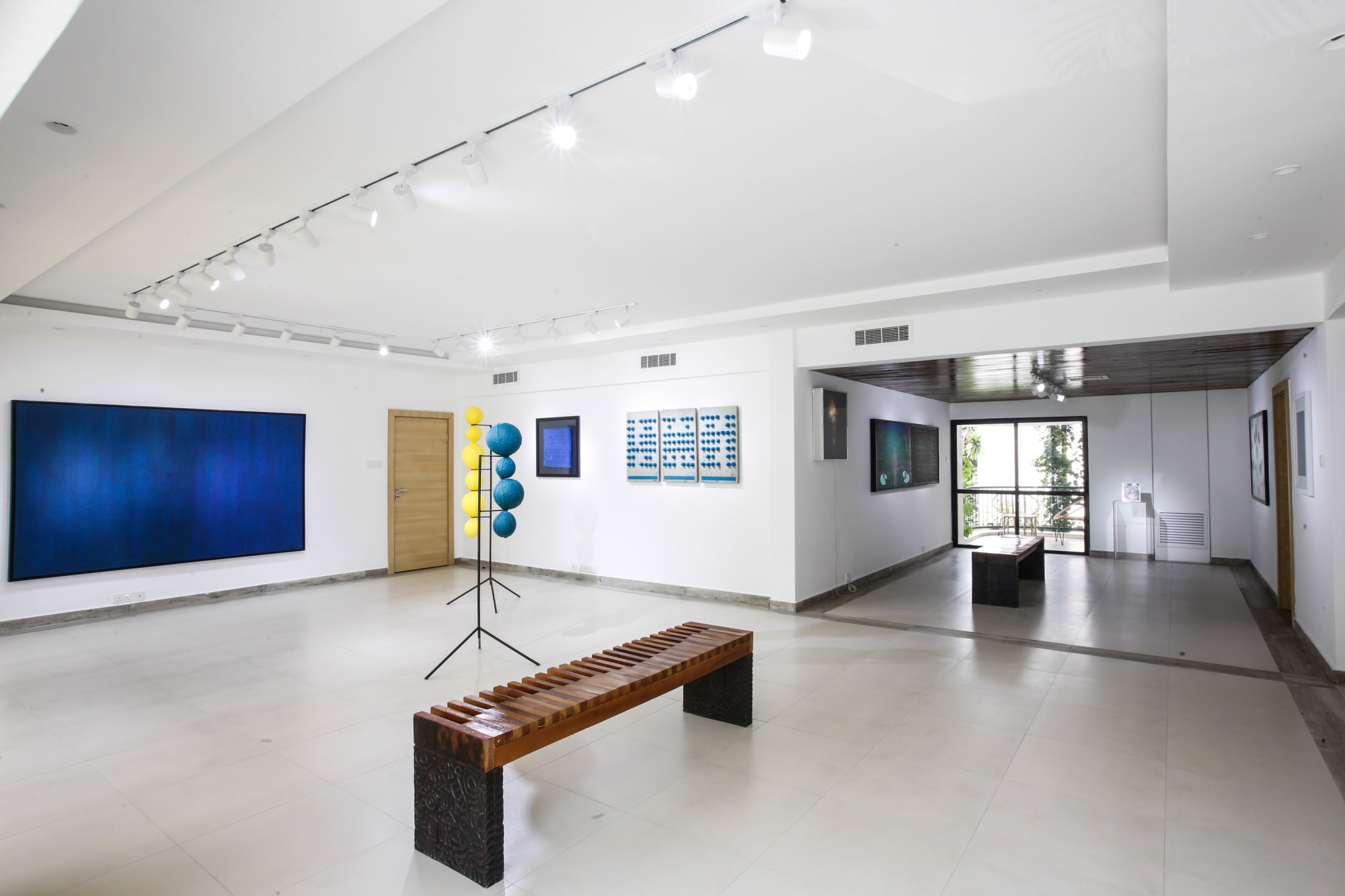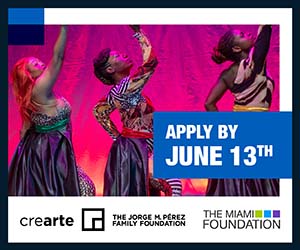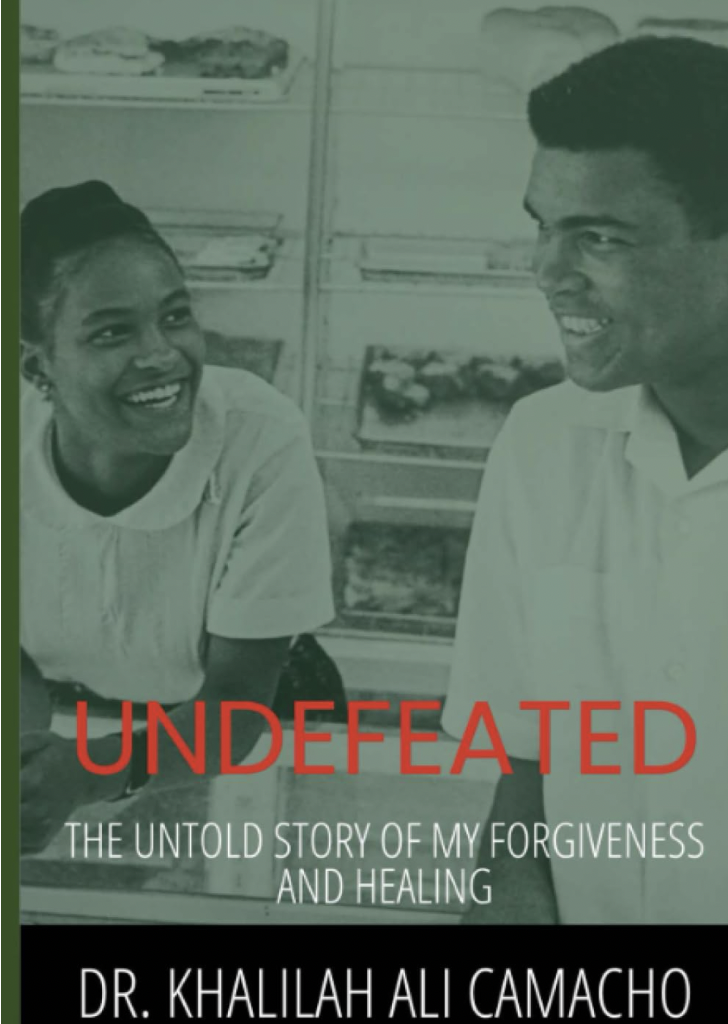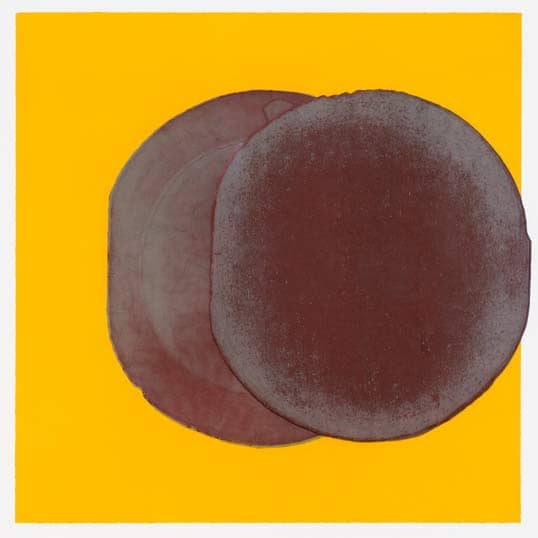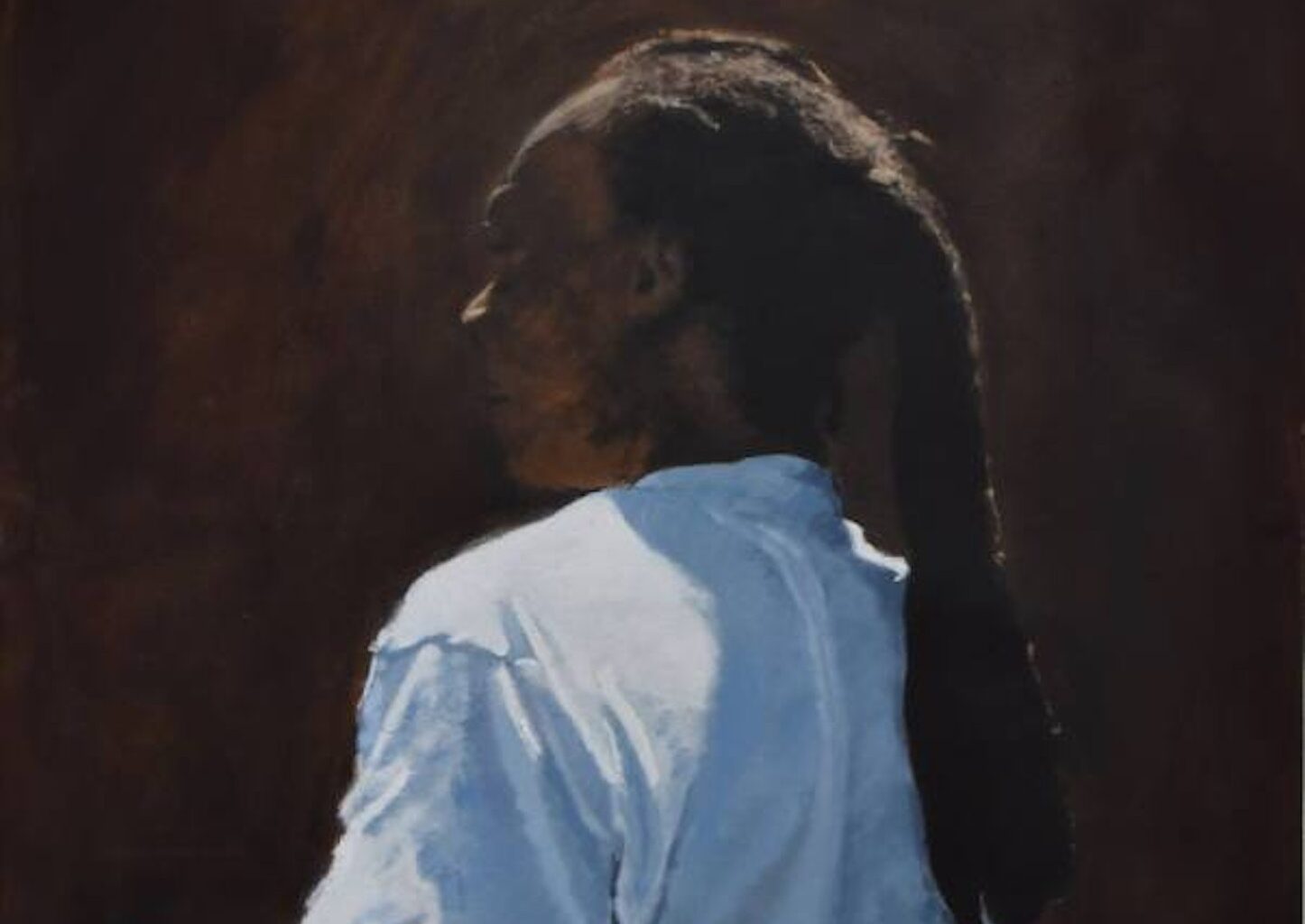“The buck stops here” is a famous quote by President Harry Truman. Essentially, he was saying that the decisions went through him and that he took the responsibility for major decisions and finances for the country. In the same way, many Black arts professionals advocate for Black creative control in the art market and with patronage.
Recently, much attention shifted to prominent Black art collectors, such as Beyoncé and Jay-Z, and Swiss Beatz and Alicia Keys. The attention towards these Black collectors galvanizes an impulse to collect more within the Black community, although some may not have the elaborate budget of those collectors. Supporting Black art always has been a part of Black tradition, but it has ebbed and flowed throughout the years.
Black arts patronage is accessible, but the knowledge about collecting often is not accessible because of socio-economic factors of the art market. We interviewed Dr. Kelli Morgan, an independent curator of Black modern art, to get her perspective on the change and continuity of the Black art market and Reginald M. Browne, vice chair and national trustee of Pennsylvania Academy of the Fine Arts (PAFA) and principal of Global Trading Systems, to hear his thoughts on collecting and on making fiscal decisions that support Black art.
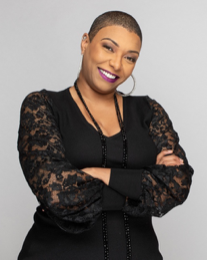
Image courtesy of Dr. Kelli Morgan.
Dr. Kelli Morgan
During the Harlem Renaissance, artists like Hale Woodruff and Aaron Douglas created artwork that was collected by wealthy white patrons. While the Black community facilitated this renaissance, there were historical patterns of white patronage for Black art during the modernist movement. This type of patronage continues today with large mainstream institutions buying work and creating programming for Black work.
The question then becomes: how do Black patrons begin to shape and control the art market? “This has always been a complaint of mine and I have tried to bring it to the attention of museums that I have worked at and consulted at that they collect [the work] all up, but they don’t have anybody on staff to contextualize it correctly. They would never do that for 14th century Italian tapestries or Dutch masters painting,” Dr. Morgan says. Rules are not yet in place for the Black community to dictate conditions of sales to auction houses and museums. But there is hope that the community will have more economic power as we become empowered to buy work, support artists, and educate ourselves on ways to use art market rules to our advantage.
While white patronage was happening, the Black community always continued to be a part of Black arts patronage. Recently, the sale of a Basquiat painting has gone to Jay-Z, and Diddy bought a Kerry James Marshall for millions of dollars. For the average person, there is a wealth disparity that inhibits some of these large purchases. However, collecting can start on a smaller scale and begin to build with more acquisition and knowledge. The idea of artwork benefiting Black communities culturally and financially is something that artists are trying to instill today.
“One thing that I have noticed for the last three years with Black contemporary artists is that some artists have asserted, people like Samuel Levi Jones, Lavett Ballard, and Genevieve Gaignard, to gallerists that they only want the work sold to Black patrons and collectors. Getting the work into Black hands is a priority for them,” Dr. Morgan says.
Overall, the art market and visibility of Black art has changed. In the 1990s, auction houses boomed, and more popularity surrounded gallery representation and fairs, such as Art Basel. There are more options now in promoting the visibility of Black art. Referencing the work of some of the aforementioned artists, there is a shift to community support and networking patronage, which means that “Patronage has grown beyond the work itself, such as patrons contribute to framing the work, a studio space, lending funds for travel, and investment in other organizations, such as Sugarcane Magazine, Black Art In America, Pigment and other independent spaces outside of the museum construct,” Dr. Morgan says.
This type of patronage is just as useful as buying the work, because it makes the means for production more affordable for Black artists. Dr. Morgan encourages that, as the market shifts, “art enthusiasts, collectors, and patrons need to come together so that we can figure out a solution and have this conversation on a larger scale.”
Reginald M. Browne

Black arts patronage involves a complete network of people playing multiple different roles. Reginald Browne is a collector of contemporary African diasporic portraiture and abstract expressionist art, as well as a leader on the board at PAFA. His administrative and financial roles over his career embody the concept of the art buck stopping here.
Browne has a say in the financial decisions of a major arts institution. For instance, he says, “Patronage in general is holistic—it’s not just museums or the artists, but it’s about promoting the curator, developing diversity across organizations, and patrons need to be involved by not just opening checkbooks, but be involved on museum boards or committees. More people who express interest doing that brings a level of experience that art organizations desperately need,” Browne says.
Browne indicates that the title “arts patron” is multifaceted. It is important for Black people to have more of a stake in the arts market, and one of the ways to do that is to gain knowledge of the many ways to support art. In Browne’s experience, he “chooses to participate on the positional level by donating resources, ideas, and financial institutions to fund the mission [of arts institutions].” Nothing can replace the raw capital infused into Black artists and arts organizations, but this capital comes in many forms.
Browne adds, “To do large-scale art exhibitions, staging performance plays of a number of actors is a pretty expensive endeavor, or producing [public] scholarship, requires patrons of all stripes to get behind institutions to support them.” Fostering a creative community requires providing financial support to artists.
Lastly, he sees the art market as being driven by the work of artists, as well as the financial decisions that we make to support them. “I think the art market responds to artists with focused narratives about why they’re producing work and what story they’re trying to tell, and the market will respond appropriately,” Browne says.
“The market is evolving around broadening the narrative of American art—the African American experience is a part of that story, and institutions are starting to recognize that,” Browne adds.
In one experience, Browne discussed an exhibition at PAFA in 2015 highlighting the work of Norman Lewis. This exhibition gained attention from the New York Times, which categorized it as “Black artists marching into the museum.” The market immediately responded to this exhibition, as prices went up and the demand for Lewis’ work increased.
Overall, following the sentiment of Swiss Beatz and Alicia Keys, Jay-Z and Beyoncé, Sean “Diddy” Combs, Dr. Kelli Morgan, and Reginald Browne, the art market has the potential to be what we make it. No matter the fluctuation of the art market and the trends that are driven by cultural capital, the market can be a mechanism to promote Black art, scholarship and economic independence. That begins with your decision to buy a work of art, supporting residencies, investing in curatorial practices, supporting arts organizations, and more. It takes a village to do this work, and the art buck stops here.
